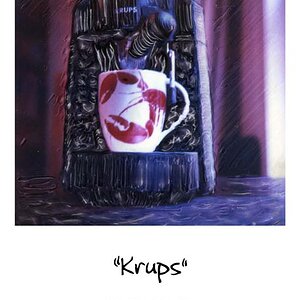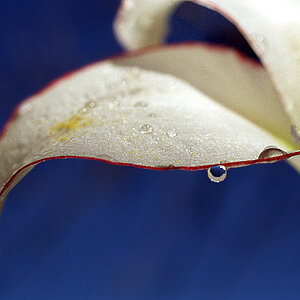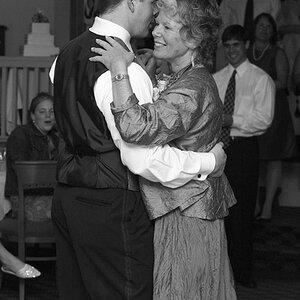- Joined
- Mar 29, 2016
- Messages
- 14,872
- Reaction score
- 8,320
- Can others edit my Photos
- Photos NOT OK to edit
Slightly off post, yet partial on, an old post by a member who used to be a frequent contributor. His OP is a little hard to read but has some valuable observations if you do, as do the comments that follow Art Photography


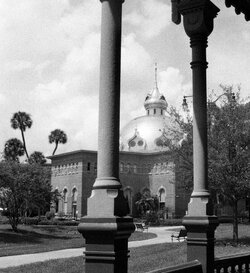
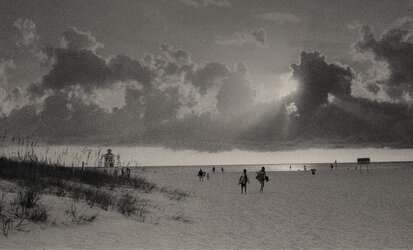
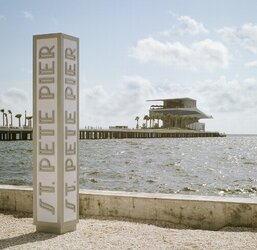
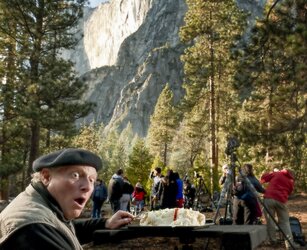
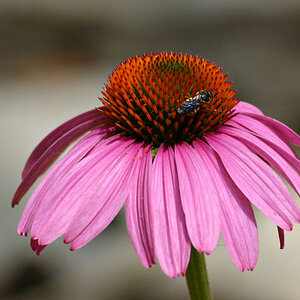

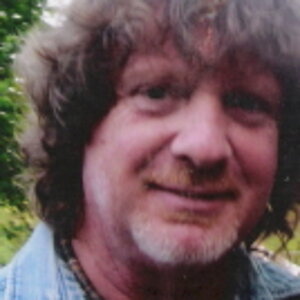
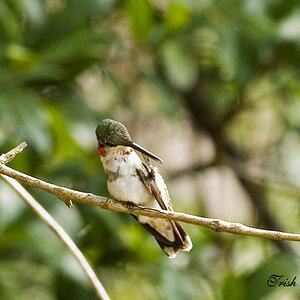
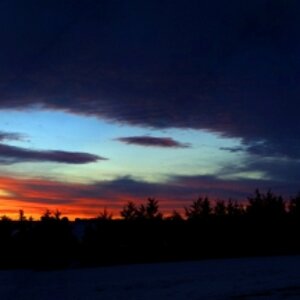
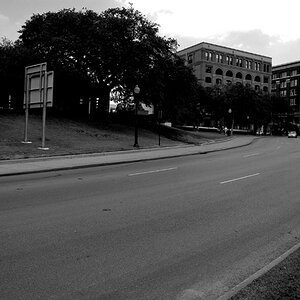
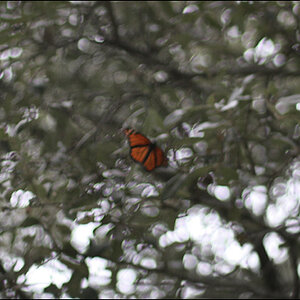
![[No title]](/data/xfmg/thumbnail/35/35932-28690c4fc247cf491230e47fc70ebeb5.jpg?1619737235)
